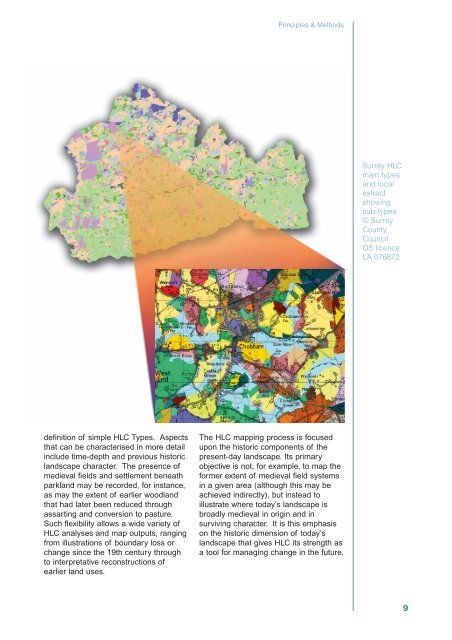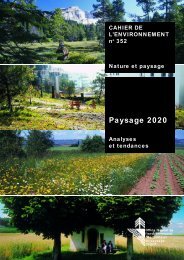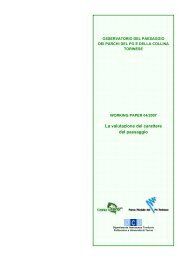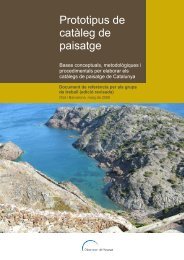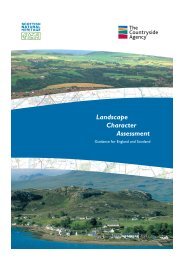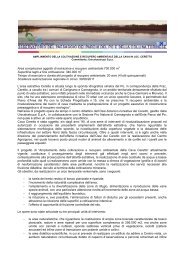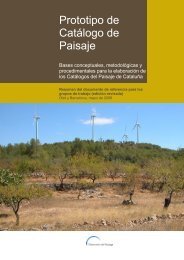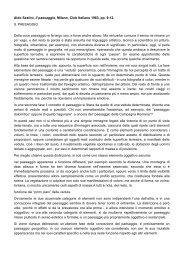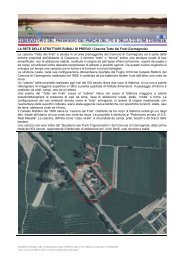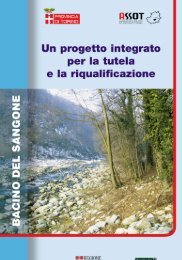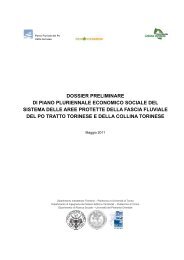Using Historic Landscape Characterisation
Using Historic Landscape Characterisation
Using Historic Landscape Characterisation
You also want an ePaper? Increase the reach of your titles
YUMPU automatically turns print PDFs into web optimized ePapers that Google loves.
Principles & Methods<br />
Surrey HLC<br />
main types<br />
and local<br />
extract<br />
showing<br />
sub-types<br />
© Surrey<br />
County<br />
Council.<br />
OS licence<br />
LA 076872<br />
definition of simple HLC Types. Aspects<br />
that can be characterised in more detail<br />
include time-depth and previous historic<br />
landscape character. The presence of<br />
medieval fields and settlement beneath<br />
parkland may be recorded, for instance,<br />
as may the extent of earlier woodland<br />
that had later been reduced through<br />
assarting and conversion to pasture.<br />
Such flexibility allows a wide variety of<br />
HLC analyses and map outputs, ranging<br />
from illustrations of boundary loss or<br />
change since the 19th century through<br />
to interpretative reconstructions of<br />
earlier land uses.<br />
The HLC mapping process is focused<br />
upon the historic components of the<br />
present-day landscape. Its primary<br />
objective is not, for example, to map the<br />
former extent of medieval field systems<br />
in a given area (although this may be<br />
achieved indirectly), but instead to<br />
illustrate where today’s landscape is<br />
broadly medieval in origin and in<br />
surviving character. It is this emphasis<br />
on the historic dimension of today’s<br />
landscape that gives HLC its strength as<br />
a tool for managing change in the future.<br />
9


